10 Best Herbal Decoctions For Fever
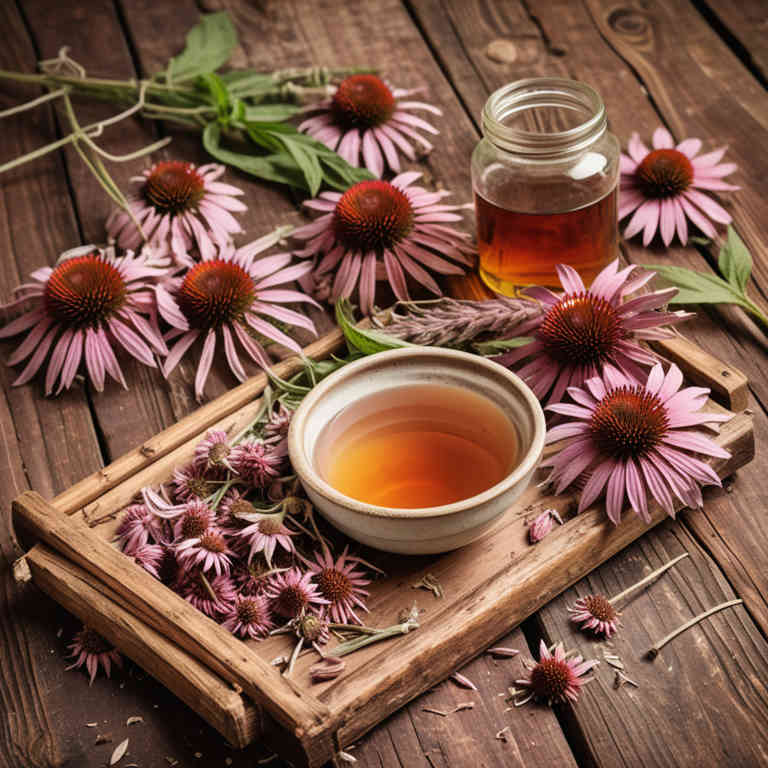
Herbal decoctions for fever are traditional remedies that involve boiling specific herbs in water to extract their medicinal properties.
These decoctions are often used in various cultures to reduce body temperature and alleviate symptoms associated with fever. Commonly used herbs include willow bark, ginger, echinacea, and elderflower, each known for their antipyretic and anti-inflammatory effects. The preparation method typically involves simmering the herbs for several minutes to release their active compounds.
While herbal decoctions can be effective for mild fevers, it is important to consult a healthcare professional for more severe or persistent cases.
FREE Herb Drying Checklist
How to make sure every batch retains maximum flavor, color, and aroma without the risk of mold or over-drying. Eliminate guesswork and trial-and-error, making herb drying faster, easier, and more efficient every time.
Table of Contents
1. Mentha piperita
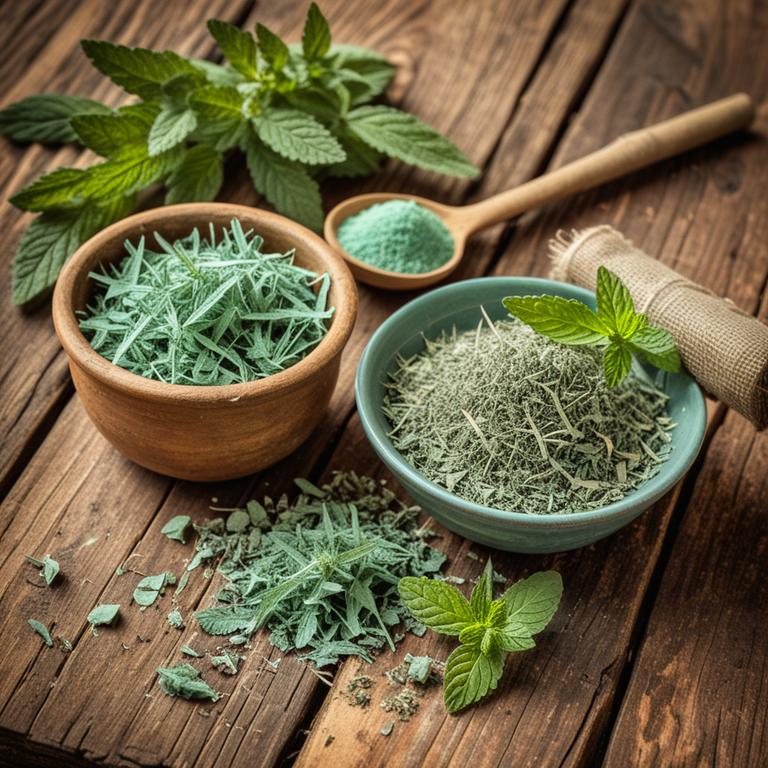
Mentha piperita, commonly known as peppermint, has been traditionally used in herbal medicine for its cooling and soothing properties.
A peppermint herbal decoction can help alleviate symptoms of fever by promoting sweating and reducing body temperature. The essential oils in peppermint, such as menthol, have a mild antipyretic effect and can provide a refreshing sensation that may help ease discomfort. To prepare the decoction, fresh or dried peppermint leaves are boiled in water and then strained, allowing the active compounds to be released into the liquid.
While peppermint decoctions are generally considered safe for mild fevers, they should be used with caution in individuals with certain medical conditions or under the guidance of a healthcare professional.
2. Echinacea purpurea
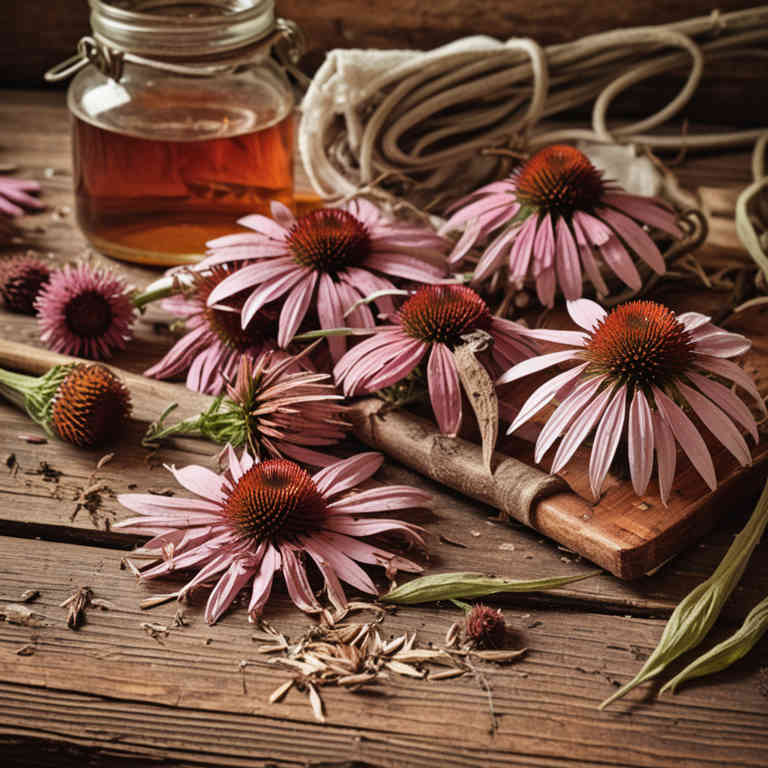
Echinacea purpurea, commonly known as purple coneflower, is a popular herbal remedy traditionally used to support immune function.
While it is often promoted for its potential to reduce the duration and severity of colds, its use for fever specifically is less well-established. Some studies suggest that echinacea may have mild antipyretic properties, possibly due to its anti-inflammatory and immune-modulating effects. However, the evidence for its efficacy in treating fever is limited and inconsistent, with many clinical trials showing mixed results.
As a result, echinacea should not be considered a primary treatment for fever, and individuals should consult a healthcare provider before using it, especially for high fevers or in vulnerable populations.
3. Artemisia annua

Artemisia annua, commonly known as sweet wormwood, has been traditionally used for its fever-reducing properties, particularly in the treatment of malaria.
The active compound in artemisia annua, artemisinin, is responsible for its potent antipyretic and antimalarial effects. Herbal decoctions made from the dried leaves and stems of the plant are often prepared by boiling the plant material in water, creating a tea-like infusion. These decoctions are typically consumed orally to help lower body temperature and alleviate symptoms associated with fever.
While artemisia annua is considered a natural remedy, it should be used under the guidance of a healthcare professional to ensure safety and efficacy.
4. Glycyrrhiza glabra
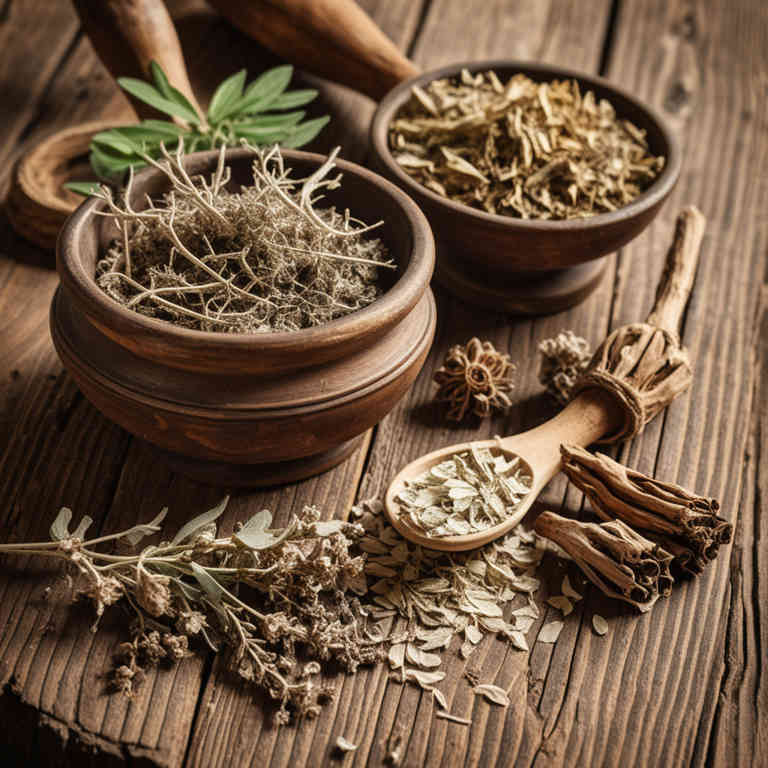
Glycyrrhiza glabra, commonly known as licorice, has been traditionally used in herbal medicine for its potential therapeutic effects, including its ability to help manage fever.
The root of the plant is often prepared as a decoction by simmering it in water, which allows the extraction of its active compounds such as glycyrrhizin, flavonoids, and saponins. This decoction is believed to have antipyretic properties that may help reduce body temperature by supporting the body's immune response and promoting sweating. However, prolonged use of licorice decoctions can lead to side effects such as hypertension and electrolyte imbalances due to its mineralocorticoid-like effects.
As a result, it is important to use licorice decoctions under the guidance of a qualified herbalist or healthcare provider, especially for individuals with pre-existing health conditions.
5. Zingiber officinale
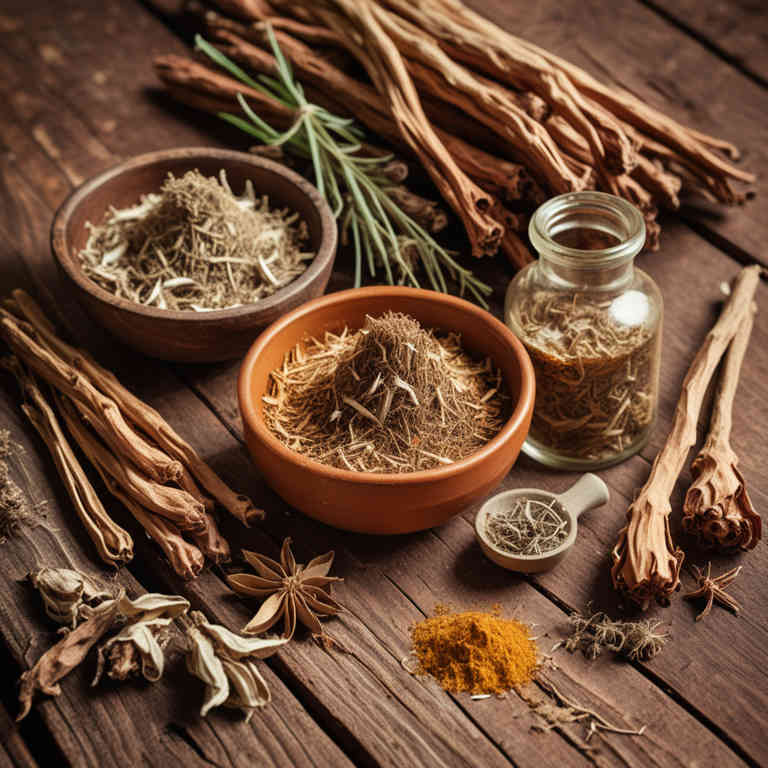
Zingiber officinale, commonly known as ginger, has been traditionally used in herbal medicine for its therapeutic properties, including its potential to alleviate fever.
Ginger contains bioactive compounds such as gingerol and shogaol, which possess anti-inflammatory and antipyretic effects that may help reduce body temperature. A ginger herbal decoction can be prepared by boiling fresh or dried ginger root in water, allowing the active ingredients to be extracted into the liquid. This decoction is often consumed as a warm beverage to support the body's natural healing process during a fever.
While ginger can be a supportive remedy, it is important to consult a healthcare professional for proper diagnosis and treatment, especially for persistent or high fevers.
6. Sambucus nigra
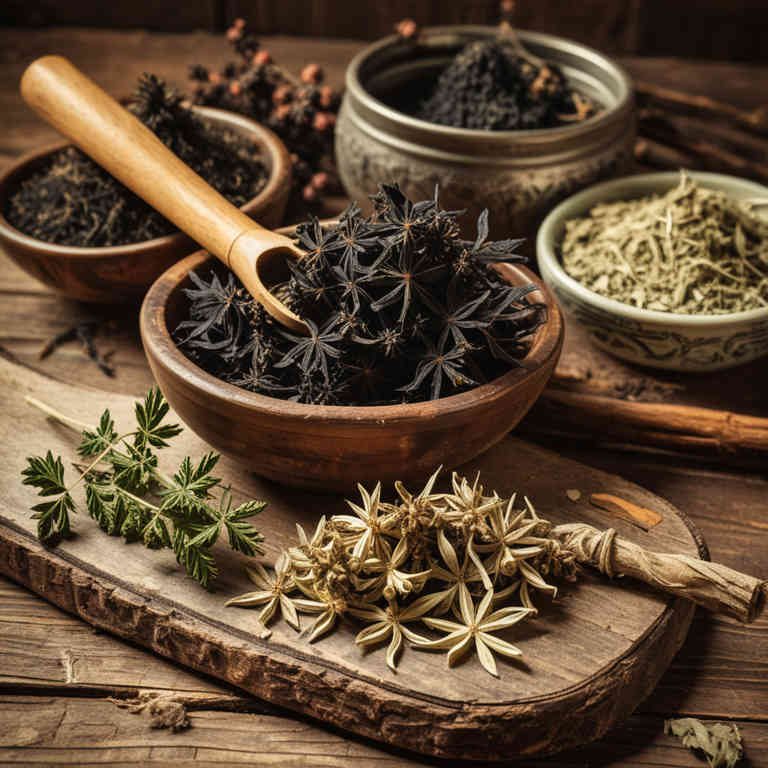
Sambucus nigra, commonly known as European elderberry, has been traditionally used in herbal medicine for its potential antiviral and antipyretic properties.
Herbal decoctions made from the dried berries of Sambucus nigra are often prepared by simmering the berries in water to extract their active compounds, including flavonoids and antioxidants. These decoctions are believed to support the immune system and may help reduce fever by promoting sweating and lowering body temperature. While some studies suggest that elderberry may be effective in reducing the severity and duration of viral infections, more research is needed to confirm its efficacy for fever specifically.
As with any herbal remedy, it is important to consult a healthcare professional before use, especially for individuals with underlying health conditions or those taking other medications.
7. Urtica dioica
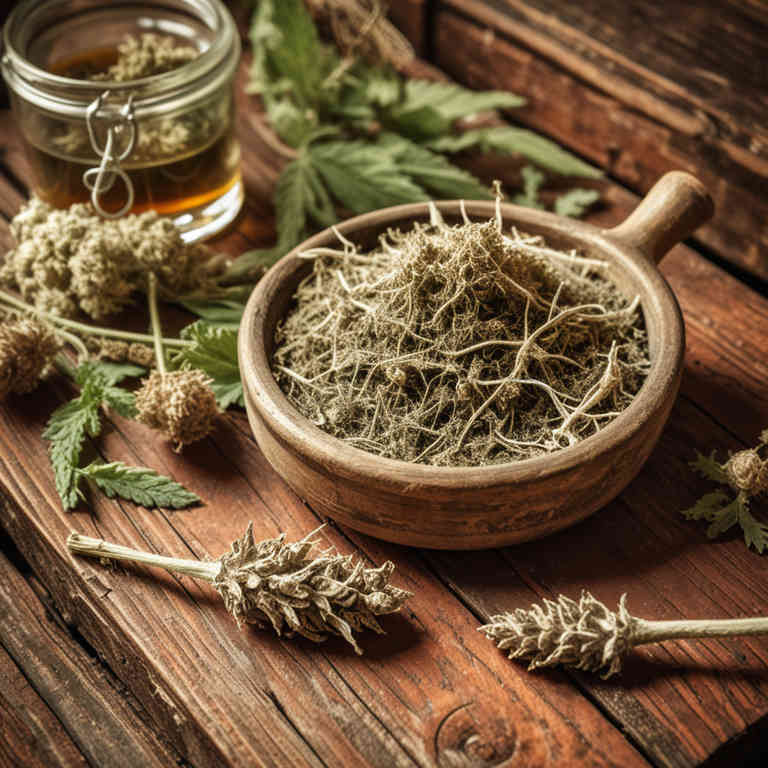
Urtica dioica, commonly known as stinging nettle, has been traditionally used in herbal medicine for its potential therapeutic properties.
A decoction of Urtica dioica involves boiling the dried leaves and stems in water to extract its active compounds. This preparation is believed to have antipyretic effects, helping to reduce fever by promoting perspiration and supporting the body's natural cooling mechanisms. The herb contains compounds such as flavonoids and alkaloids that may contribute to its fever-reducing properties.
However, it is important to consult with a healthcare professional before using stinging nettle decoctions, especially for prolonged periods or in combination with other medications.
8. Hypericum perforatum
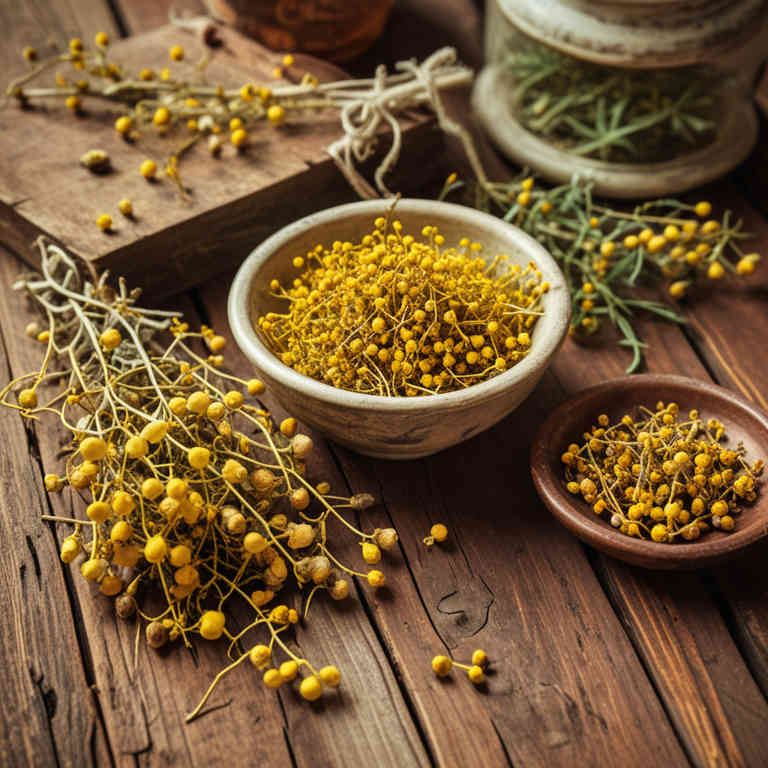
Hypericum perforatum, commonly known as St. John's Wort, is traditionally used in herbal medicine for its potential therapeutic effects, including its use in decoctions for fever.
While it is more widely recognized for its antidepressant properties, some historical texts suggest that a decoction of its leaves and flowers may have been employed to reduce fever by promoting perspiration and supporting the body's natural cooling mechanisms. The preparation typically involves boiling the dried plant material in water to extract its active compounds, such as hypericin and hyperforin, which are believed to contribute to its medicinal effects. However, modern clinical studies on its efficacy for fever are limited, and it is generally recommended to consult a healthcare professional before using St. John's Wort for fever or other medical conditions.
Despite its traditional use, the safety and effectiveness of hypericum perforatum decoctions for fever remain subjects of ongoing research and caution.
9. Cinnamomum verum

Cinnamomum verum, commonly known as true cinnamon, has been traditionally used in herbal medicine for its warming properties and potential therapeutic effects.
When prepared as a herbal decoction, it involves simmering the bark in water to extract its active compounds, such as cinnamaldehyde and essential oils. This decoction is often used to help reduce fever by promoting sweating and improving circulation. Its aromatic and antiseptic qualities may also support the body's natural defenses during illness.
However, it is important to use it in moderation and consult a healthcare professional, especially for prolonged or high fever cases.
10. Chamomilla recutita

Chamomilla recutita, commonly known as German chamomile, has been traditionally used in herbal medicine for its calming and anti-inflammatory properties.
Herbal decoctions made from its dried flowers are often prepared by simmering the flowers in water for several minutes to extract their active compounds. While chamomile is widely used for digestive issues and sleep support, its efficacy for treating fever remains limited and primarily anecdotal. Some studies suggest that its mild antipyretic properties may help reduce fever symptoms, though more research is needed to confirm its effectiveness.
As with any herbal remedy, it is important to consult a healthcare professional before using chamomile decoctions, especially for prolonged or high fever cases.